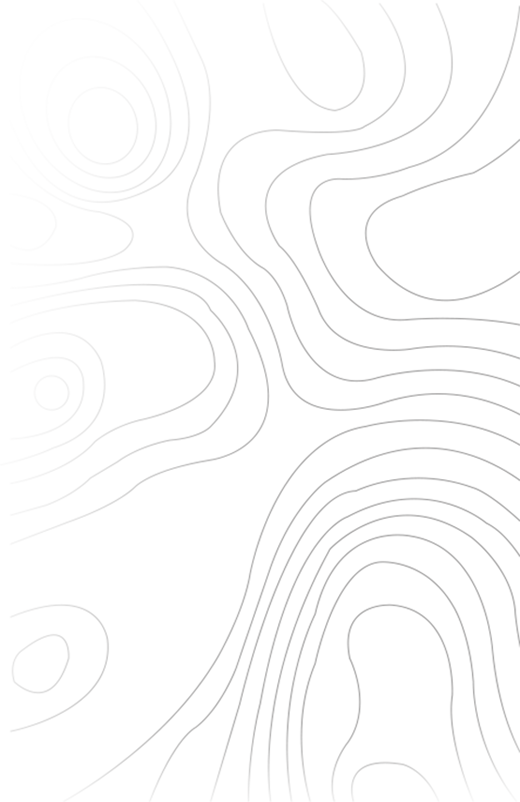History Mariëndaal
The history of Landgoed Mariëndaal is a striking piece of cultural history. It tells of being and always becoming, of decay and renewal, the two great forces in the course of history. And above all, the history of development, nature conservation and an intertwining with science bears witness.
Area
The Estate Mariëndaal is located between Arnhem and Oosterbeek. Broadly speaking, it is bounded by the Schelmseweg on the west side, by the Amsterdamseweg on the north side, by the Diependaalselaan on the east side and by the Utrecht-Arnhem-Düsseldorf railway line on the south side. The main entrance to the estate is on Utrechtseweg, approximately 200 meters west of the railway viaduct. From here, the area is almost entirely intersected by the Middellaan, which runs almost to the Schelmseweg. Long, narrow erosion valleys formed in this area during the ice ages. These are visible to this day. The Klingelbeek or Slijpbeek runs through the area. The valley of this stream has been cut from the Arnhem lateral moraine by erosion.
Fonteine monastery
The Mariënborn monastery was founded in 1392. This monastery was also called "the Fonteine Monastery" or "the eldest daughter of Windesheim". It was a monastery for monks belonging to the Augustinian order and was called in Latin "Domus Fontis Beatae Mariae". The monastery was probably not in exactly the same place as the present country house. However, the manor appears to have been built on part of the foundations of the monastery wall. The monks and monks mainly focused on science and agriculture. Mariënborn (later Mariëndaal) owned extensive grounds around the monastery building. These were mainly used as building and pastures. The brook running over the monastery grounds served to drive several mills: a grain and an oil mill, a grinding and a full mill. The larger Mariënborn area was later divided into smaller areas, including the current Mariëndaal, but also Warnsborn, Boschveld and Lichtenbeek.
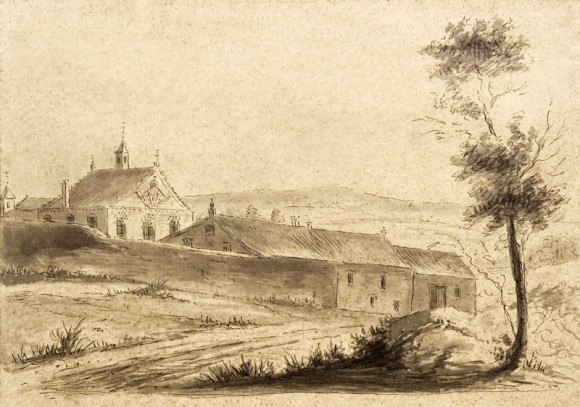
Build first house
After the demolition of the monastery buildings, as a result of the stormy complications surrounding the Reformation in 1580, Mariëndaal was leased. A century and a half later, in 1735, the estate was sold to Johan Brantsen. Around 1740 he had a relatively small house built there. The original, smaller old house can still be recognized today. It is the square white "extension" on the right side of the facade.
Build country house and land estate
In 1791 the estate was passed on to the Arnhem mayor, Mr Jacob Nicolaas van Eck. In 1857, the 18th-century house was radically renovated by order of Francois W.L. van Eck and enlarged to become the current house. The park was largely built in the same time. Higher up, up to the deep sprinkler head, the brook valley took on a romantic "Little Switzerland" where one imagined oneself in the Swiss Alps. Beyond the sprinkle, the winding, 400-meter-long berceau was planted around 1865. This has grown into an impressive system of green beech tunnels, known as "De Groene Bedstee". Due to the large height differences, there are some spectacular sight lines on the estate.
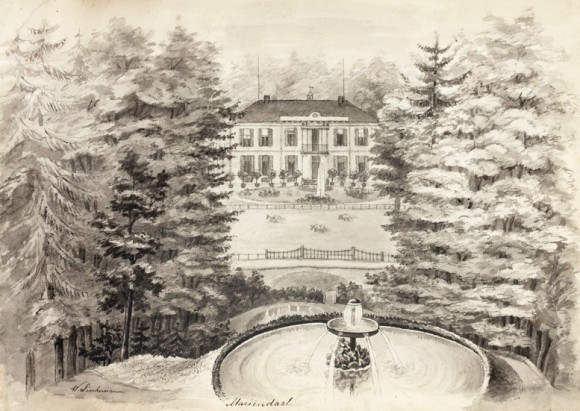
The ladies Van Eck
At the beginning of 1900 the Mariëndaal house was inhabited by the ladies Van Eck, named Henriëtte and Agaath. The father of both ladies had done a lot to embellish the estate. And the management of house, garden, forest and arable land was seen by Henriëtte in particular as an extremely important task and responsibility. She carefully kept workbooks of the work that was performed. From pruning the trees and plants to planting and sowing crops. The house remained in the hands of the Van Eck family until 1936. In the same year, the Stichting Het Geldersch Landschap bought the country house and surrounding estate.
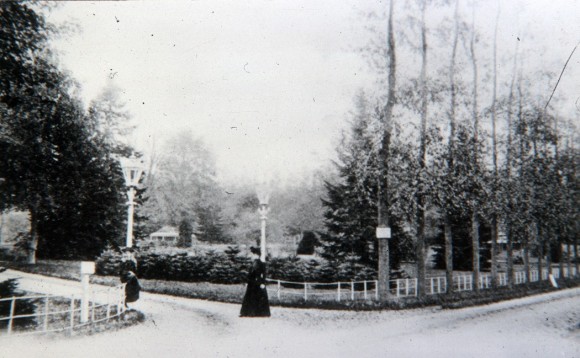
Henriëtte de Beaufort
Henriëtte also took care of her niece and namesake at Mariëndaal in 1907, the well-known literary scientist Henriëtte de Beaufort and namesake of the prize of the same name, after the death of her mother. She went to boarding school in Geneva, but also lived at Mariëndaal for a few years. The Henriëtte de Beaufort Prize is a triennial prize established in 1985 by the Maatschappij der Nederlandse Letterkunde, with King Willem Alexander as patron. The price is paid from a bequest from Henriëtte de Beaufort. A literary-historical biography or autobiography is eligible for this award. The prize is awarded alternately to a Dutch and a Flemish author.
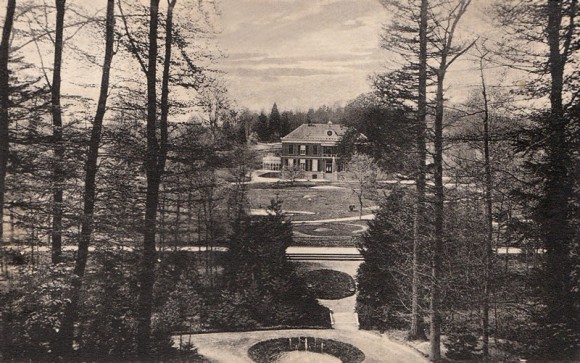
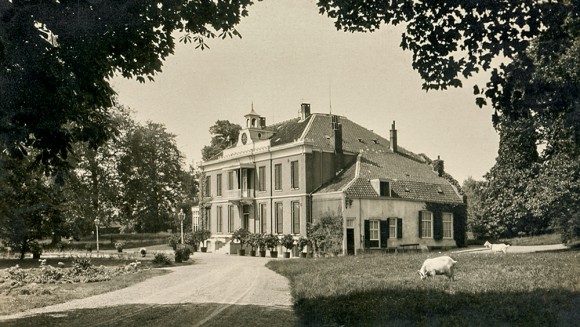
The second World War
In the Second World War, the house was requisitioned by the Reichsarbeitsdienst. It was badly damaged during the Battle of Arnhem in September 1944. On and around the Landgoed Mariëndaal there were drop zones for Allied material and the area was in the middle of the planned Allied perimeter to secure the crossings over the river Rhine. Paratroopers were dropped in the region and there was also fierce fighting on and around Mariëndaal.
Company Laboratory for Soil and Crop Research
The renovation of the house took place in 1948 and was funded with financial support from the Marshall Plan, made available by the United States. A year later, the Company Laboratory for Soil and Crop Research (BLGG) moved into the building. The BLGG also built the "more modern" pieces on the mansion that determined the current state of the buildings.
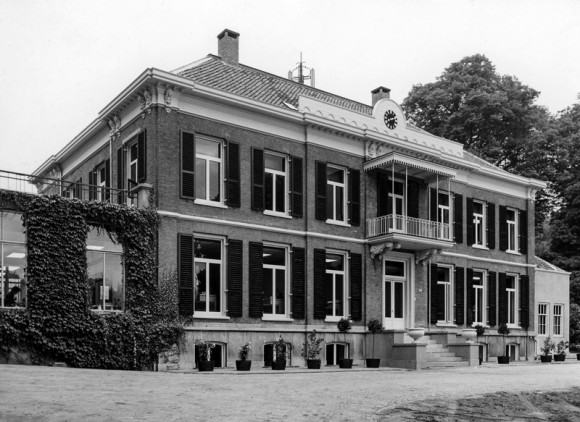
700-year history
The 700-year history of this estate is laced with nature and science. We are happy to add at least 700 years of sustainability and innovation to that.
Poem about Mariëndaal (written in old Dutch)
Hoe genoeglijk rolt het leven
Des gerusten landmans heen,
Die zijn zalig lot, hoe kleen
Voor geen Koningskroon zou geven
Wie geniet hier niet het leven,
Onder ’t statig dennenwoud,
Waar natuur vol heilig beven,
Kunsteloos haar tempel bouwt?
Hoor het kabb’lend beekje ruischen,
Door het stil Mariëndaal,
Hoor ’t geboomte vrede ruischen,
Schouw der zonne heldre straal.
Wandel langs de kronkelpaden,
Volg den loop der zilvren vliet,
Tot waar zij met frissche sprengen,
Uit de schoot der bergen schiet.
Steek het rustiek brugjen over,
Dat u naar de grot geleidt,
Waar de wandelaar zich gaarne,
In de scheemring nedervleit.
Zet uw voet op gindschen heuvlen
Met afwisselend groen bedekt,
En beklim de Belvedere,
Die zijn top ten hemel strekt.
Welk een rijke oogenweide
Biedt u ’t lagchend korenveld,
Dat in vroeger eeuwen heide,
Nu een blijden oogst voorspelt.
Zie van daar den Rijnstroom dalen
Tusschen Kleef en Eltentop,
Zie hem dartelen en dwalen,
Voorwaarts springen in galop.
Tot hij Arnhems muren nadert,
Achter Hulkesteijn zich schuilt,
En de Brinksche hooge kruinen,
Straks met malsche weide ruilt.
Tegen ‘d Oosterbeekschen toren,
Zich vertoont als zilvervliet,
Achter Dunoog’s steile bergen,
Zich verliest in wijd verschiet.
Daal en zigzag naar beneden,
Zet u op deez’ rustbank neer,
En gij keert nog menigwerven
Tot dit heerlijk plekjen weer.
Zie daar ’t gonzend vliegje dansen,
Bij de heldre springfontein,
Die zijn zilveren bokalen
Flikk’ren doet als kristalijn.
Wandel aan den voet der heuvels,
Tot uw ook den vijver ziet,
Waar het eendje zoo vertrouwlijk,
Wiegelt op den groenen vliet.
Zie de lagchende landdouwe,
Tusschen hoeve en kasteel,
Hoor des nachtegaals geschater
En de voglen blij gekweel.
Meng vrij uwe vreugdeklanken
In ’t eenstemmig boschkoraal,
Laat uw hart den Schepper danken,
En herhaal met vreugdeklanken:
Lang leef ’t schoon Mariëndaal.
S.K. Thoden van Velzen
Mariëndaal May 18, 1863

